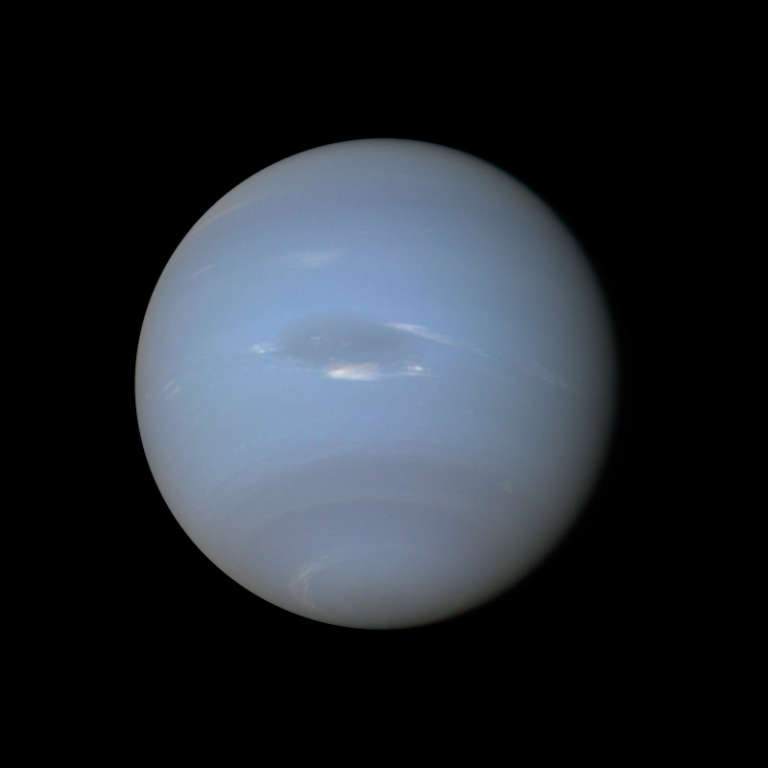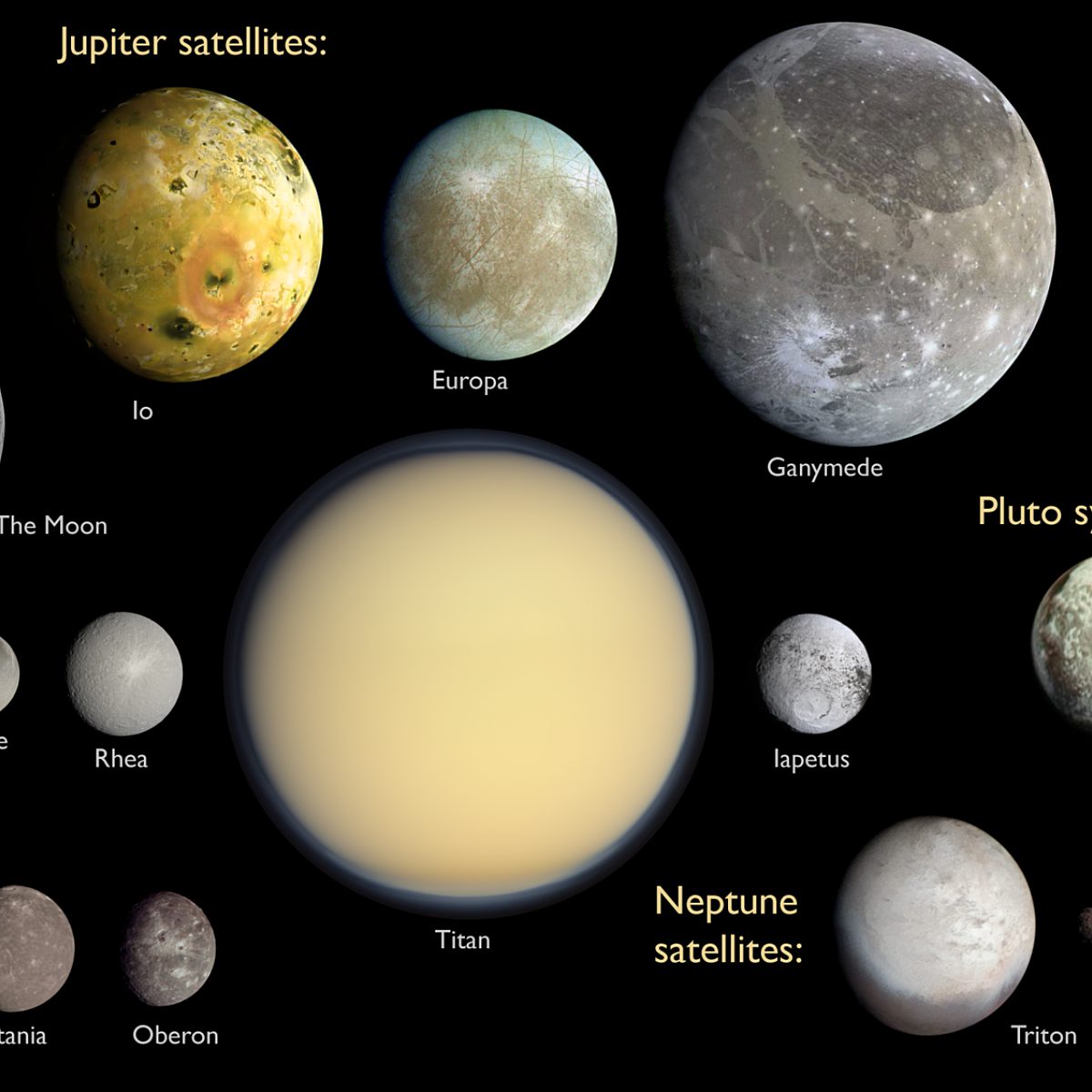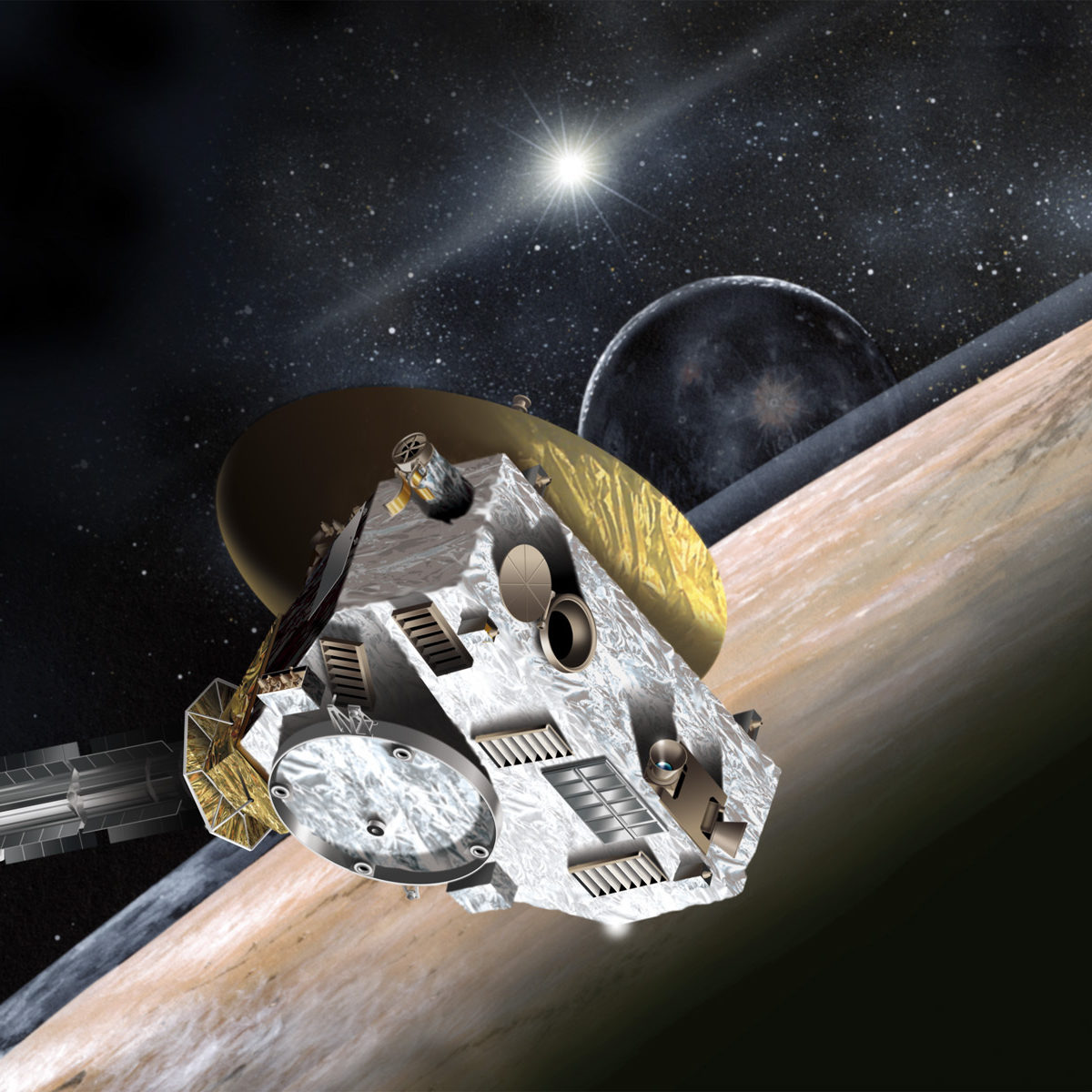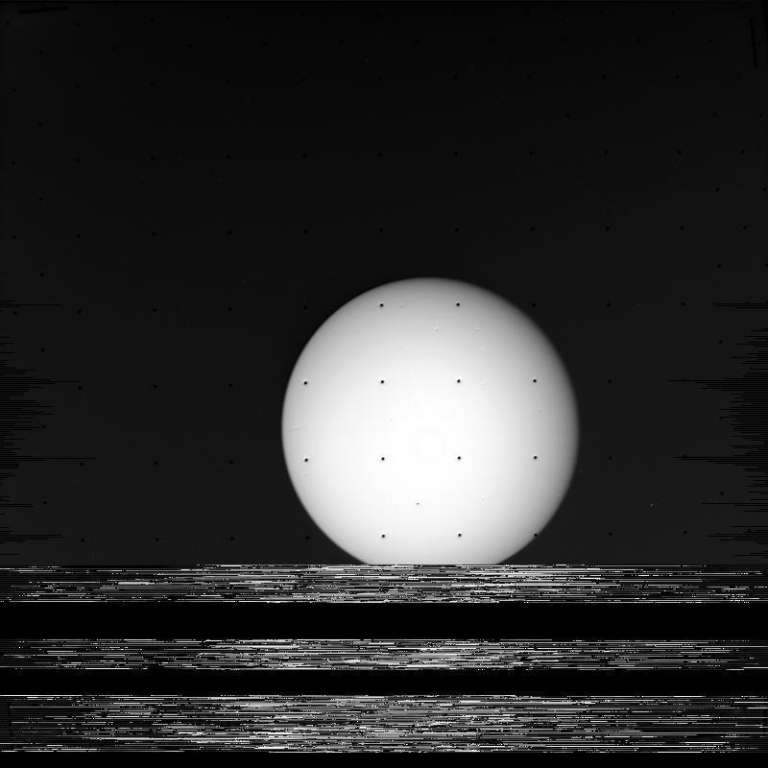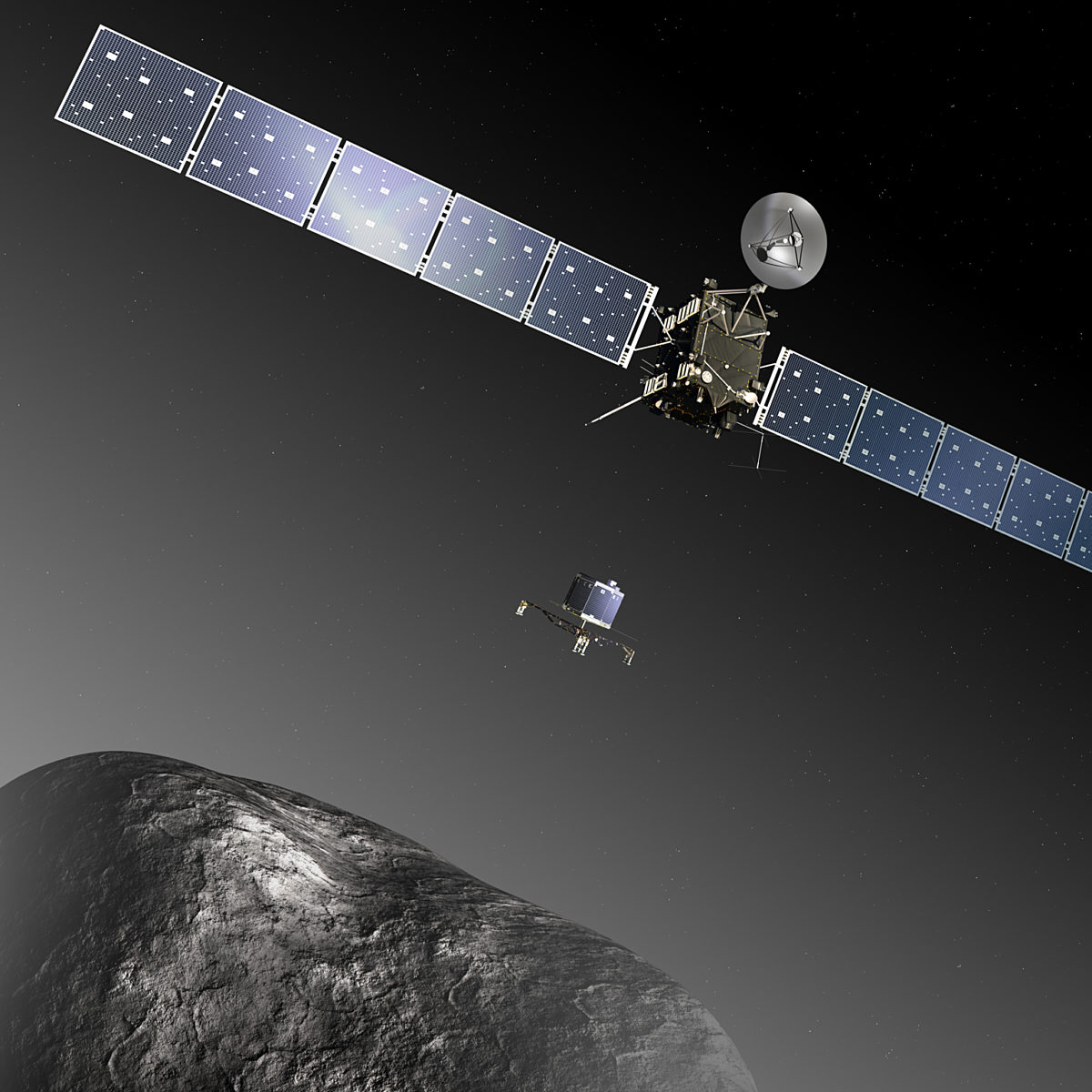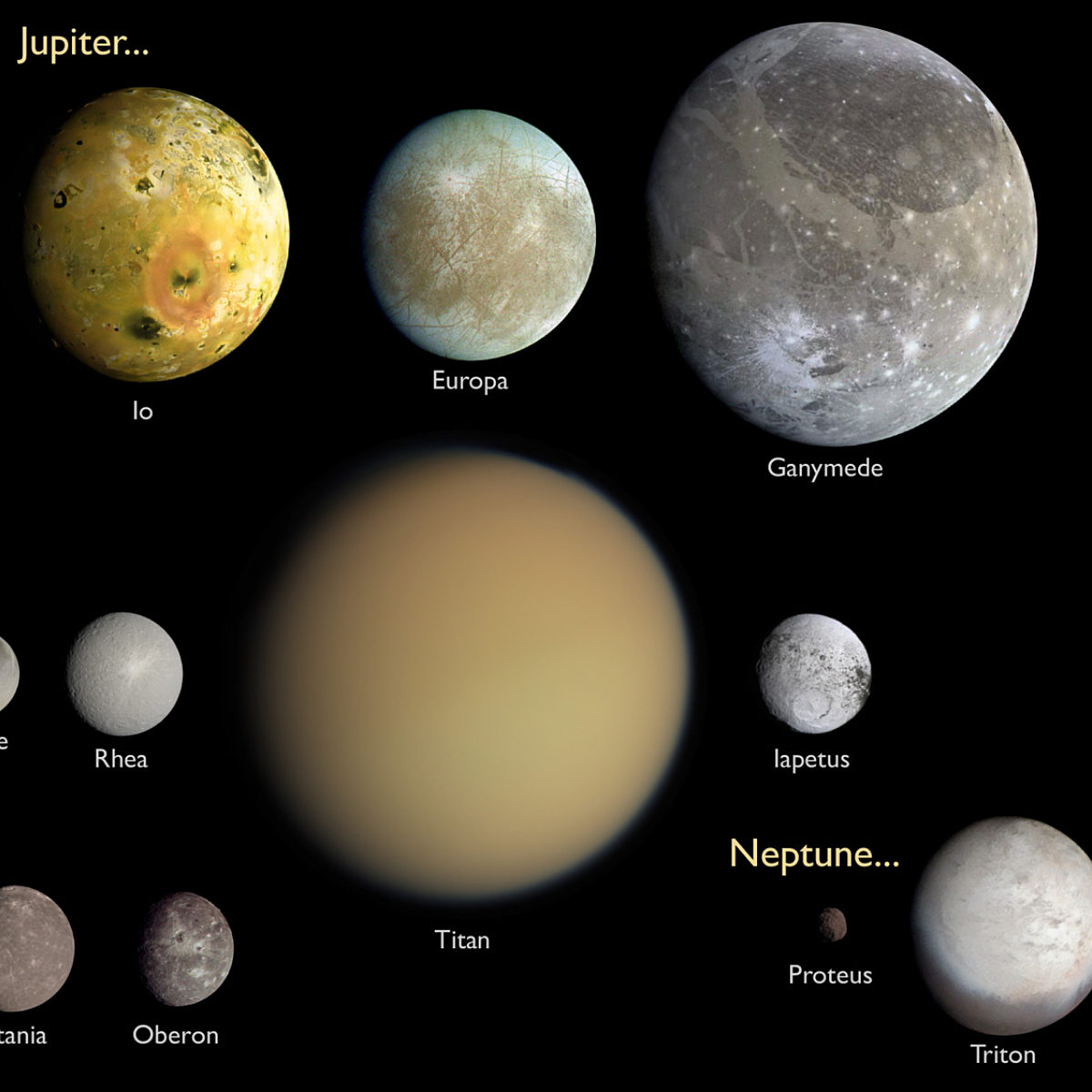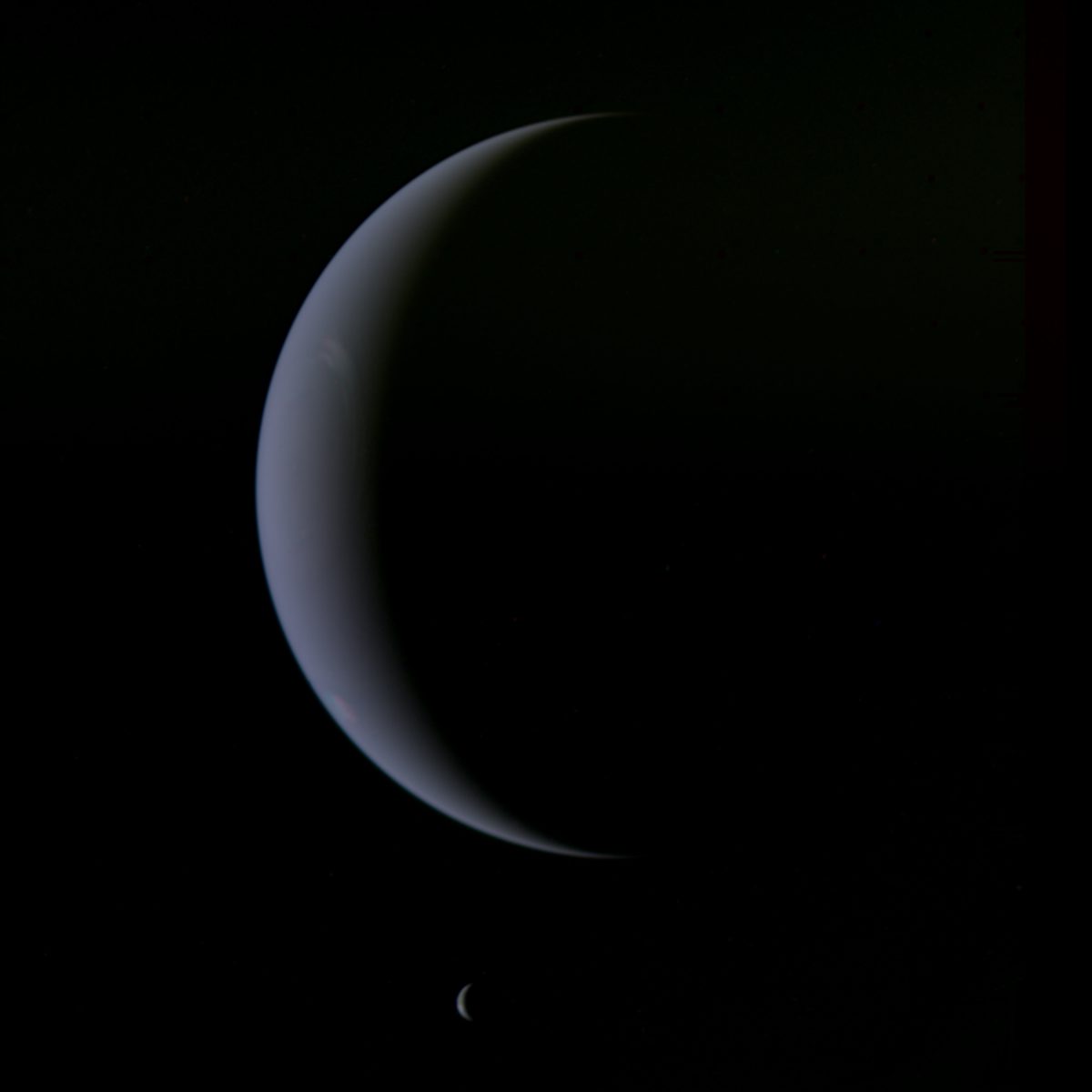All
All
Stories, updates, insights, and original analysis from The Planetary Society.
Approaching Neptune
Image processing enthusiast Ian Regan is working on a cool new version of the Voyager 2 Neptune approach movie.
Checking in on Uranus and Neptune, September 2015 edition
There are no spacecraft at Uranus or Neptune, and there haven't been for 30 and 25 years, respectively. So we depend on Earth-based astronomers to monitor them, including Damian Peach.
First look at New Horizons' Pluto and Charon images: "baffling in a very interesting and wonderful way"
Today's press briefing at the Applied Physics Laboratory in California was preceded by hours of New Horizons team members cryptically dropping hints on Twitter at astonishing details in the seven images downlinked since the flyby. The images are, in fact, astonishing, as well as beautiful, surprising, and puzzling.
The not-planets
Now that I have a reasonable-resolution global color view of Pluto, I can drop it into one of my trademark scale image montages, to show you how it fits in with the rest of the similar-sized worlds in the solar system: the major moons and the biggest asteroids.
Two Months from Pluto!
Two months. Eight and half weeks. 58 days. It's a concept almost too difficult to grasp: we are on Pluto's doorstep.
A Sky Full of Stars
In pictures of the planets, the stars aren't usually visible. But when they do appear, they're spectacular.
Flawed Beauties
More examples of imperfect--but tantalizing--images from deep space.
Best-ever Neptune mosaics for the 25th anniversary of Voyager 2's flyby
In honor of the 25th anniversary of the Voyager 2 flyby of Neptune, image magician Björn Jónsson has produced two new global mosaics of the distant ice giant, the highest-resolution ever made.
New Horizons: Updates From the April 2014 Science Team Meeting
New Horizons team member Simon Porter reports on the state of the mission and Pluto system science from the recent science team meeting at the Applied Physics Laboratory.
Through a Glass, Darkly
When sent from deep space, even imperfect images can inform and amaze.
Cosmos with Cosmos Episode 6: Travellers' Tales
The Voyager mission may be the ultimate expression of our desire to explore, but why does that will exist in the first place? Why is it unique to humans?
Neptune: The new amateur boundary?
Can features on Neptune be observed by amateur astronomers? For years, the Hubble Space Telescope and some professional terrestrial observatories have been revealing incomplete belts and spots on the surface of Neptune. Now, spots have been imaged by amateurs.
Gravity assist
With the recent announcement by NASA that the 36 year-old spacecraft Voyager 1 has officially entered interstellar space at a distance from the sun about four times further than Neptune's orbit, and with Voyager 2 not far behind, it seems worthwhile to explore how humans managed to fling objects so far into space.
Europe Will Select Its Next Major Science Mission in November
The European Space Agency will announce two major science missions this November, one of which is likely to be devoted to solar system exploration.
Scale comparisons of the solar system's major moons
A few presentation slides with pretty pictures, sized to scale, of the large moons of the solar system.
Lesser-known views of Uranus and Neptune
Despite the fact that Voyager 2 returned relatively few high-resolution images from either Uranus or Neptune, there are many more photos in the archives than regularly make it to public view.
Planetary Society Weekly Hangout: The Ice Giants, with Heidi Hammel
My guest this was Planetary Society Board vice president Heidi Hammel. We discussed two planets near and dear to our hearts, Neptune and Uranus. What's new on these icy worlds since Voyager 2 passed by, and what are the prospects for their future exploration?
Pretty picture: Neptune and Triton
On a lonely evening, what is one to do but to dip into archival space image data and surface with a gorgeous photo of a crescent Neptune and Triton?
Citizen "Ice Hunters" help find a Neptune Trojan target for New Horizons
2011 HM102 is an L5 Neptune Trojan, trailing Neptune by approximately 60 degrees. This object was discovered in the search for a New Horizons post-Pluto encounter object in the Kuiper Belt.
A Distant View of Triton
Ted Stryk reminisces on how he was turned on to astronomy.


 Explore Worlds
Explore Worlds Find Life
Find Life Defend Earth
Defend Earth


 Sun
Sun Mercury
Mercury Venus
Venus Earth
Earth Mars
Mars Jupiter
Jupiter Saturn
Saturn Uranus
Uranus Neptune
Neptune Small Bodies
Small Bodies